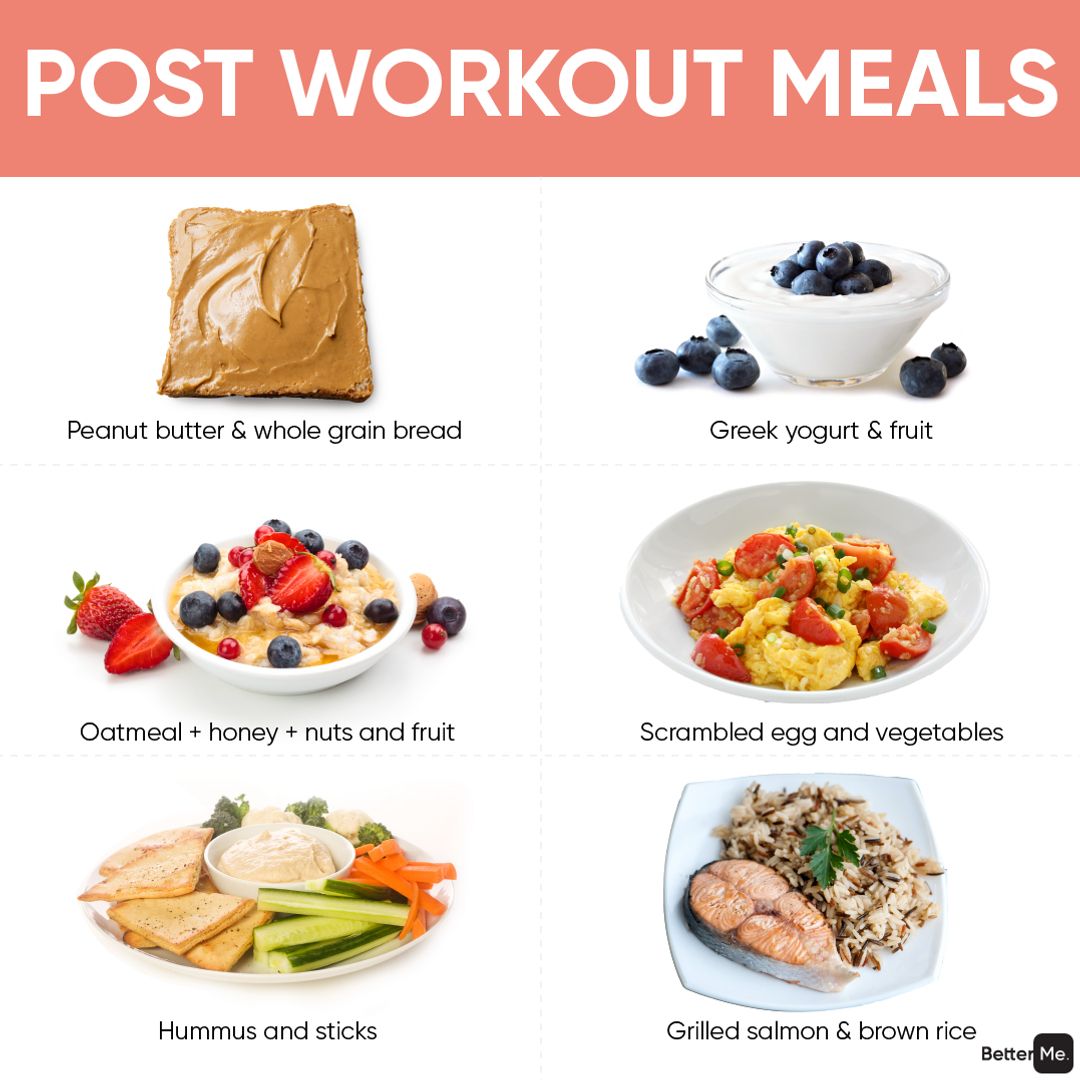
Both cardio and strength training are important for weight loss. Cardio exercises help the body increase its metabolism and burn calories. While strength training aids in the loss of fat and muscle, strength training is beneficial to the body. It is important to mix and match both types of exercise in order to reap the full benefits. You can learn more about the benefits strength training has on weight loss. You may be surprised by the results of both types.
Combination exercises help to increase muscle growth, and fat burning
Complex exercises can help increase muscle growth, fat burning, and improve your strength training to aid weight loss. Many of these exercise targets multiple muscle groups simultaneously. By doing these exercises correctly, you'll see results in a shorter time. To accelerate your results, here are some compound exercises.

Resistance training increases post-exercise oxygen consumption
A large proportion of a person's energy budget is used by the body for resting. This is why it is crucial to increase the REE for weight control and promotion of your health. Weight loss and fitness guidelines now include resistance training. This type of exercise increases post-exercise oxygen intake (EPOC) and increases muscle mass over time. These benefits include weight loss, improved health, and overall better general health.
Strength training can improve your posture
Poor posture affects more than just your physical health. Poor posture also impacts your mental state. A study published in Health Psychology found that people with good posture have higher self-esteem, less fear, and a better mood. Strength training exercises strengthen the muscles that lift you from a slouched posture. These include the lower and middle back muscles, shoulder external rotations, and neck extensors. They also strengthen your core, glutes and back muscles.
It improves metabolism
Strength training increases metabolism. Lifting weights increases your heart rate, which means your body needs more fuel to function. Muscle has high metabolic rates, which means it can burn fats and calories even when it's not working. Your metabolism can remain elevated even after you stop doing intense weight training. This phenomenon is known as excess post-exercise oxygen intake (EPOC).

It burns calories
Weight training and weight lifting have two advantages: building lean muscles and reducing body weight. Lean muscle is highly metabolic and burns more calories than any other type of tissue. Strength training stimulates EPOC, which is an excess post-exercise oxygen use. This process continues up to 38 hour after your workout. Unlike cardio, strength training continues to burn calories even after your workout has ended.
FAQ
What can I eat in the morning while intermittently fasting
Get water in the morning. This helps you feel fuller quicker and gives you energy for the rest of your day. You can add lemon juice or cucumber slices to enhance the flavor.
How often do people fast every day?
People who are on a ketogenic diet only fast once a week. Others fast twice per semaine. And others fast three times per week.
The length of each fast varies too. Some people fasted for 24 hours and others for 48 hours.
Some people can even travel for up to 72 hours. But, such extreme cases are rare.
How long should I fast intermittently to lose weight
The answer is not as simple as you might think. When determining the number of days you should fast for optimal fat reduction, there are many factors to consider. These are:
-
Your age. For example, if you're young (under 40), intermittent fasting may be too difficult for you because you have less time to recover from each day's fast. If you are older than 60, you might find it difficult to maintain a prolonged period of daily fasting.
-
Your current body composition. You'll be most successful if you have lots of muscle mass. If you don't have a lot of muscle mass, shorter fasting periods may be more suitable.
-
How physically active you are. You may need to increase your fasting time if you exercise often. This will ensure you get enough rest between workouts.
-
Your past medical history. Additional fasting monitoring may be required for certain medical conditions such as diabetes or heart disease.
-
How do you handle stress? Stressful situations often make us eat less. This problem can be avoided by increasing the length of your fasting periods.
-
What type of diet do you follow? Certain diets, like ketogenic diets, may require even longer fasting periods.
-
Your quality of sleep. Insufficient sleep has been associated with decreased metabolism and increased appetite. It may take some trial and error before you find the right combination.
-
The amount of protein you consume. Protein stabilizes blood sugar levels. Therefore, eating more protein could result in lower insulin levels. This would allow for you to fast more often.
-
Individuals who are trying lose or gain weight will require longer fasting times than those who are trying.
-
How many calories did you consume during your fasting period? Fasting fewer calories per day may result in greater fat loss than fasting for more calories per day.
-
Your fitness level. Fasters who are very fit tend to have higher metabolic rates, which allows them to burn more calories throughout the day.
-
Your gender. Men have greater appetites than women and may need to fast longer. Women may only fast for 20-30 mins each morning because they have a smaller appetite.
-
Your lifestyle. Are you someone who is active? Do you work out several times a week? Are you a worker who sits at a computer all day? These factors could affect how much you should fast.
-
How much money do your spend on food every day? You don't have to spend much on groceries to eat healthy food. It's possible to save money by purchasing whole grains rather than white bread, fruit instead of candy bars, lean meats instead fatty cuts, and fruits instead of candy.
-
It's important to manage your hunger. You may not have to fast as often if it is important to eat regularly.
What Amount Of Exercise Is Needed For Weight Loss?
There are many factors that affect the amount of exercise you need to lose weight. However, generally speaking, most people need at least 30 minutes of moderate physical activity five days per week.
The American College of Sports Medicine recommends 150 mins of moderate-intensity aerobic exercise per week spread over three consecutive days.
If you are trying to lose 10 pounds, 300 minutes of moderate intensity exercise per week is a good goal. You can do this by walking fast, swimming laps or biking, as well as playing tennis, golfing and hiking, or jogging, running or other similar activities.
You can start out by doing 20 minutes of intense activity three times a week. You could do sprints, lifting weights or jumping rope.
Aerobic exercise also helps burn calories and build muscle mass. Muscle burns a lot more calories than fat. Building muscle and losing weight could help you get there faster.
Statistics
- One study in 9 active men found that HIIT burned 25–30% more calories per minute than other types of exercises, including weight training, cycling, and running on a treadmill (18Trusted Source (healthline.com)
- According to Harvard Health, it's estimated that a 155-pound (70-kg) person burns around 167 calories per 30 minutes of walking at a moderate pace of 4 mph (6.4 km/h) (5). (healthline.com)
- According to a study sponsored by the American Council on Exercise, a person weighing around 140 pounds (64 kg) would burn 108 calories at a 30-minute beginner's Pilates class or 168 calories at an advanced class of the same duration (26). (healthline.com)
- Another study found that 24 weeks of weight training led to a 9% increase in metabolic rate among men, which equated to burning approximately 140 more calories per day. (healthline.com)
External Links
How To
How to quickly lose belly weight?
You should know that losing bellyfat is difficult. It takes hard work and dedication. However, these tips will ensure you see results.
-
Eat Healthy Food. It is essential to eat healthy food. Healthy food includes fruits, vegetables, whole grains and lean proteins.
-
Drink Water. Drinking water keeps your body hydrated, making you feel full and satisfied for longer periods. Drink plenty of water each day.
-
Cardio exercises are a great way to burn calories and build muscle mass. Cardio exercises will help you burn calories and build muscle. They can improve your heart health as well as increase metabolism. Every day, do 30 minutes of cardio exercise.
-
Get enough sleep. A vital part of maintaining good health is sleep. Insufficient sleep can cause anxiety and stress which can lead to unhealthy eating habits such as smoking and excessive drinking.
-
Reduce Stress. Stress can cause changes in brain chemistry and hormonal levels. Cortisol is a hormone that causes stress to increase hunger pangs and increases cravings for high-calorie food.
-
Take regular breaks. You should take regular breaks throughout your day. Get out and take a stroll or a brief nap. This gives your body and mind time to relax.
-
Avoid Alcohol Consumption. Alcohol is a waste of calories that slows down the body's ability to digest food. Avoid alcohol if you are trying to lose belly weight.
-
Have Fun